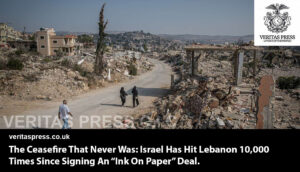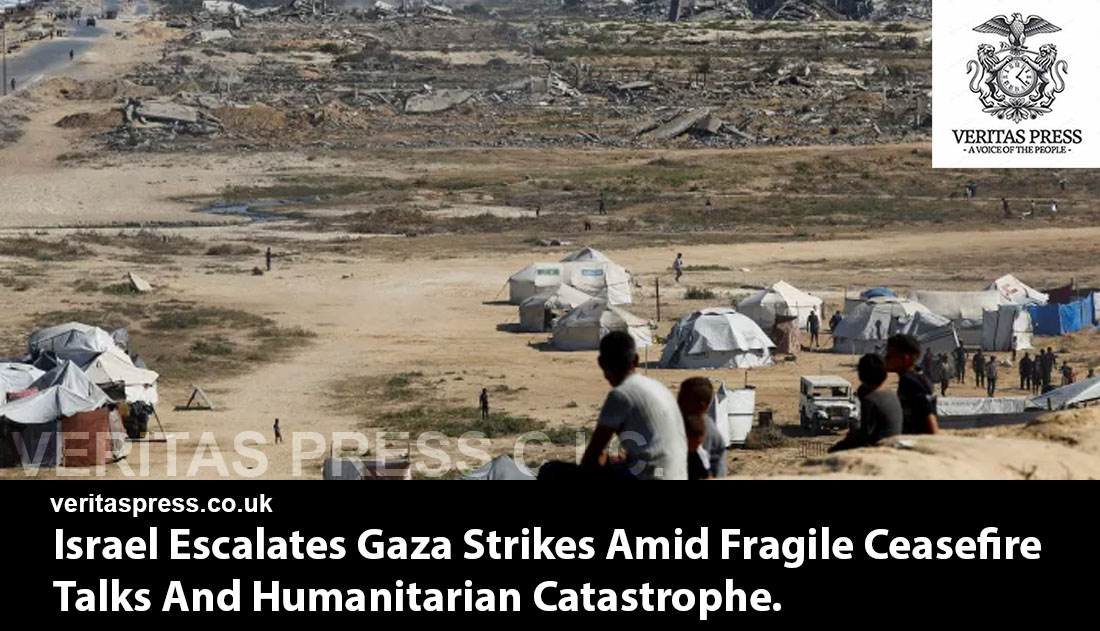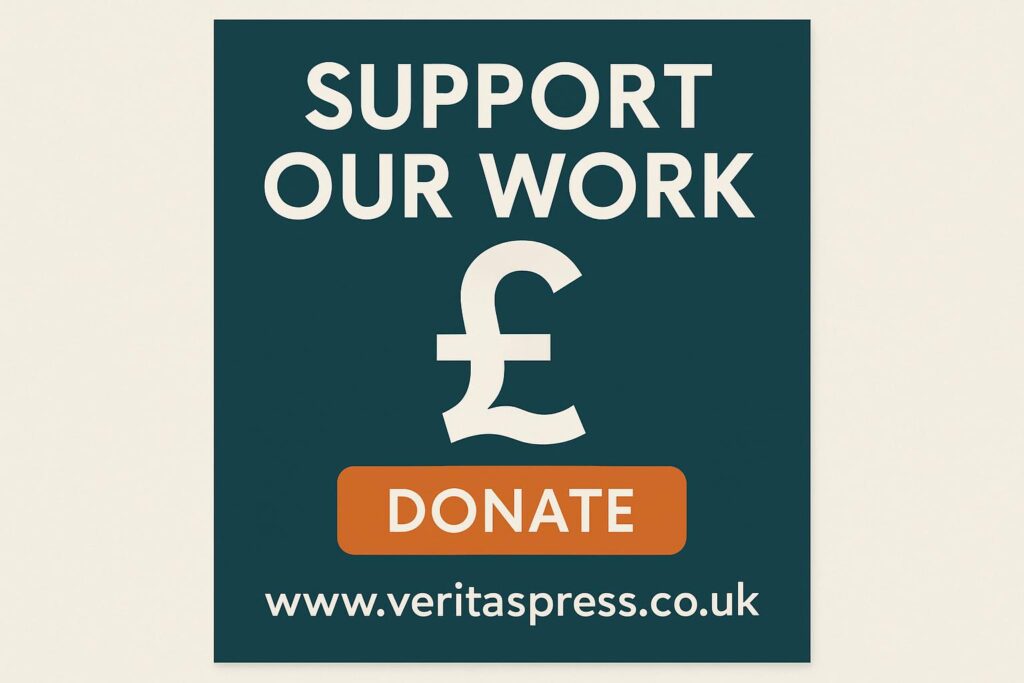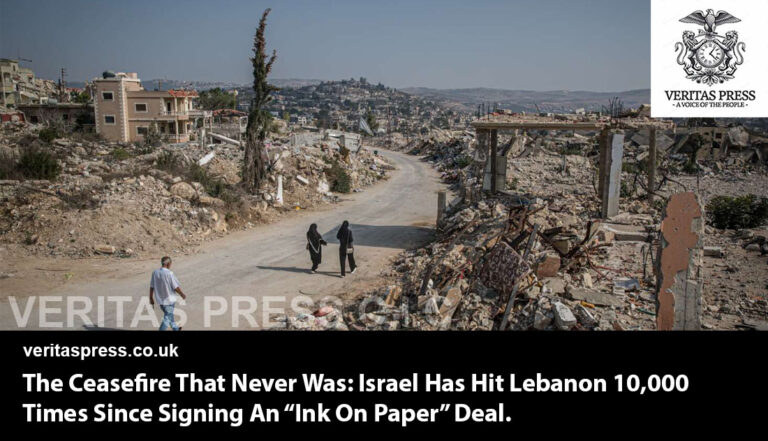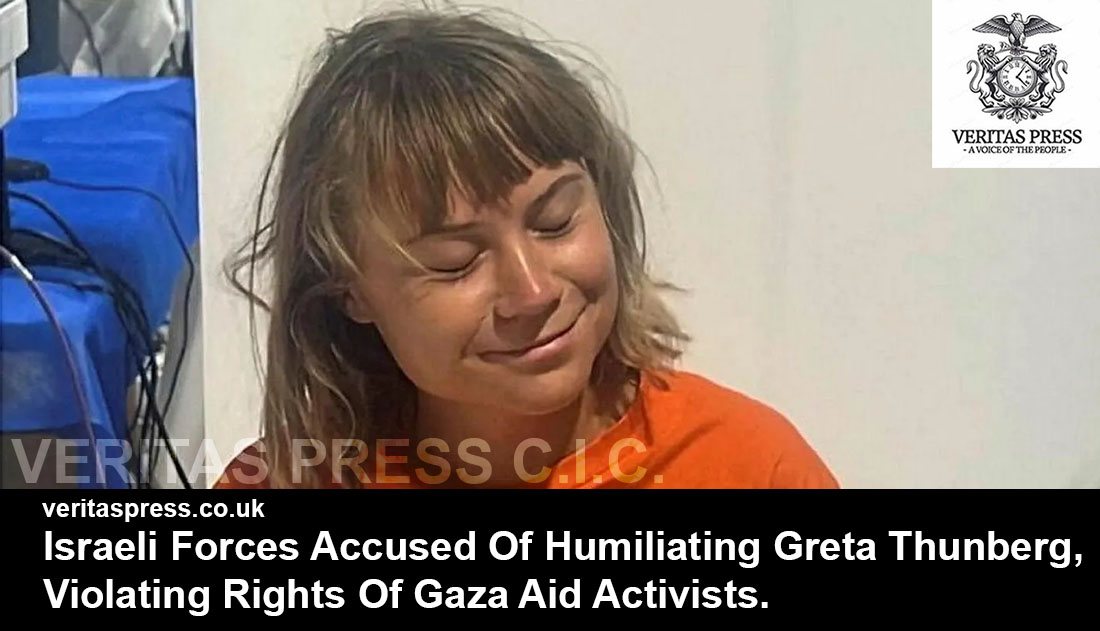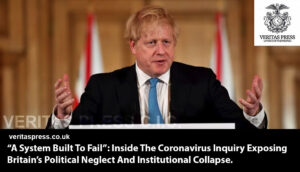
GAZA, October 5, 2025 — As the international community watches with cautious optimism, the Gaza Strip remains a war zone. Despite claims of de-escalation following U.S. President Donald Trump’s call to halt the bombing, Israeli airstrikes have intensified across Gaza, resulting in at least 70 Palestinian deaths in the past 24 hours. This escalation underscores the ongoing disconnect between international diplomatic efforts and the reality on the ground for Palestinians.
Ceasefire Efforts And Hostage Negotiations:
On October 4, Israeli political leaders ordered a halt to military operations in Gaza City in preparation for the initial phase of Trump’s peace plan, which includes provisions for the release of hostages and the relinquishment of governance over Gaza. However, Israeli airstrikes have continued, resulting in civilian casualties and displacement. The plan, while endorsed by international organisations like the UN and WHO, faces criticism for its lack of a clear path to Palestinian statehood and its perceived bias towards Israel.
U.S. Secretary of State Marco Rubio emphasised that the war in Gaza is still ongoing, with the immediate priority being the release of hostages held by Hamas. He stated that Hamas had largely agreed to Trump’s proposed framework for the hostages’ release, and technical talks were taking place to finalise logistics. Rubio underlined that the U.S. would soon determine Hamas’ seriousness based on these discussions.
Continued Strikes And Civilian Impact:
Despite the ceasefire orders, Israeli airstrikes have persisted, killing at least 70 Palestinians in the past 24 hours, including aid seekers, according to the Gaza Ministry of Health. The strikes have targeted areas such as al-Masawi, al-Bureij refugee camp, and Deir al-Balah, including designated safe zones. The humanitarian situation remains dire, with widespread displacement and a severe food crisis.
Shifa Hospital director Mohamed Abu Selmiyah confirmed that Israeli airstrikes killed five Palestinians across Gaza City on Saturday. Al-Ahli Hospital director Fadel Naim reported that an Israeli strike on Gaza City’s Tuffah neighbourhood killed at least 17 and injured 25 others. Despite these reports, Israel’s military claimed to have struck a Hamas member and expressed regret for any harm caused to uninvolved civilians.
International Reactions And Protests:
Global leaders, including those from the UK, Germany, Turkey, and South Africa, have welcomed the progress towards peace and urged an immediate cessation of hostilities. Protests have erupted across Europe demanding an end to the conflict, highlighting the international concern over the ongoing violence and humanitarian crisis.
Humanitarian Crisis And Civilian Casualties:
The conflict has resulted in over 100,000 Palestinian deaths, with many civilians, including children, among the casualties. The Israeli military has warned Gaza residents against returning to northern Gaza, labelling it a dangerous war zone. The International Committee of the Red Cross has suspended operations in Gaza City due to escalating violence, further exacerbating the humanitarian crisis.
Conclusion: A Cycle of Impunity and Structural Violence.
The continued bombardment of Gaza, even as international mediators push for ceasefires and hostage negotiations, exposes a deeper structural failure in global diplomacy. What is presented as a “peace process” is, in reality, a mechanism that legitimises and obscures ongoing occupation, systematic displacement, and civilian targeting. Israeli claims of “defensive operations” are contradicted by repeated strikes on schools, hospitals, and humanitarian aid distribution points, acts that violate international law and reinforce a pattern of collective punishment.
Eyewitnesses and hospital staff report a grim reality: children and aid workers among the dead, civilians caught in crossfire zones, and families trapped in one of the most densely populated regions on Earth. Local residents like Mahmud al-Ghazi of Al-Rimal in Gaza City describe an escalation, not a halt, in attacks following Trump’s announcement, revealing the performative nature of political gestures that fail to translate into tangible protection for Palestinian lives.
For decades, international actors have placed Israeli “security concerns” above Palestinian survival, providing military, diplomatic, and financial backing while marginally criticising violations when convenient. Analysts and human rights organisations repeatedly emphasise that without genuine accountability, such as sanctions, arms restrictions, and enforcement of international humanitarian law, the cycle of violence will continue unchecked.
The current U.S.-brokered plan, touted as a step towards peace, illustrates the same pattern: Palestinians are offered conditional administrative control and hostage releases, but with no meaningful guarantees regarding sovereignty, reconstruction, or the cessation of genocidal practices. The plan grants Israel ultimate authority over Gaza’s future, further cementing a reality in which Palestinian agency is perpetually subjugated to foreign strategic and political calculations.
Two years into this relentless siege, the humanitarian, political, and moral crises in Gaza are not simply the byproducts of conflict; they are the outcomes of a global system that monopolises and permits occupation, normalises violence, and erases accountability. The international community’s failure to confront these realities and its insistence on procedural solutions divorced from justice ensures that the deaths of thousands of Palestinians are treated as collateral, not a call to fundamental action.
Until the international community moves beyond performative diplomacy and confronts the entrenched structures of occupation, systemic violence, and settler-colonial control, Gaza will continue to serve as a testing ground for impunity. Repeated promises of peace will persistently obscure the stark reality of ongoing devastation, dispossession, and the systematic erasure of Palestinian life and sovereignty.
Advertisements
Tags:


